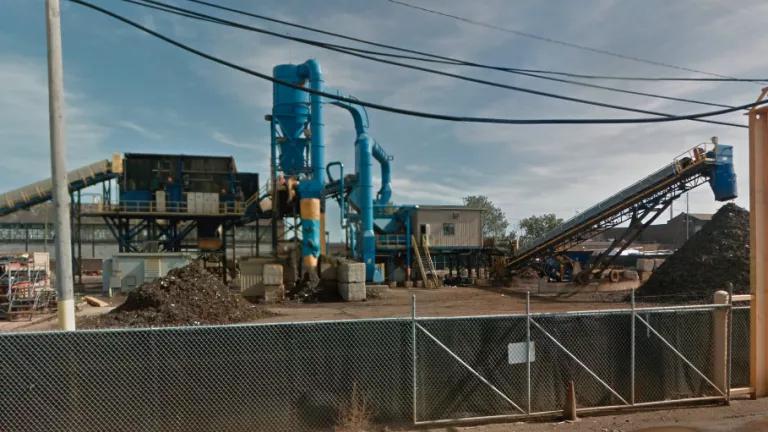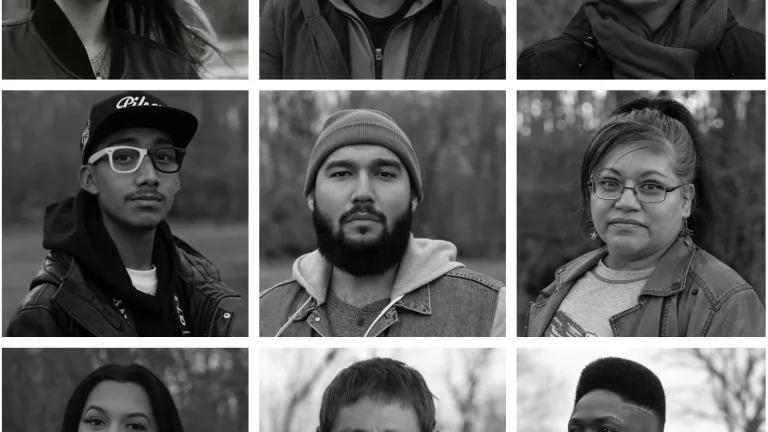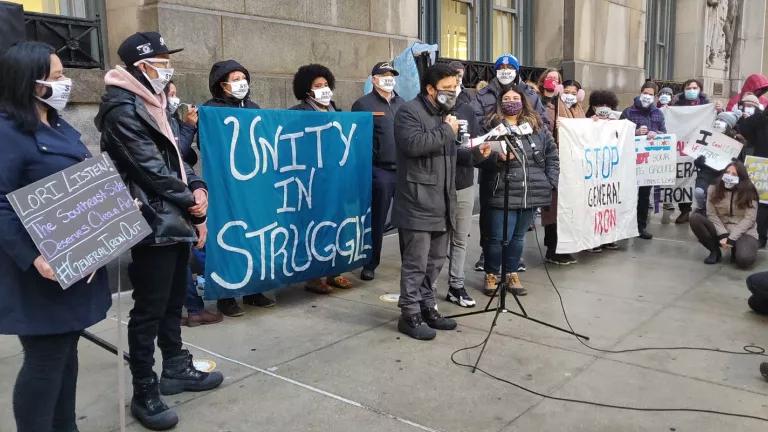Google Street View at 11118 S Buffalo Avenue, the proposed location for Invert
Imagine going on a walk down the street where you live and coming across an actual working mine.
Although mining is banned in Chicago, the Southeast Side has been considered a sacrifice zone by city officials for years and now we are facing the possibility of having an actual mine down the street from homes, parks and our high school.
It is exhausting, as someone who lives on the Southeast Side of Chicago, to have to fight one toxic polluter after another, to police the ones that are already here, and to fight for a vision of a different future. Unfortunately, on top of battling the city to stop a massive metal shredder, we are also fighting to stop a limestone mine from coming to our neighborhood.
Invert is an underground mining project from Ozinga Bros. Inc that is trying to greenwash its way into the hearts and lungs of the already overburdened Southeast Side. It is just north of the proposed site for the General Iron car-shredding facility.
It seems obvious why a mine in the middle of a neighborhood is a terrible idea. The threat to public safety and health is a major concern in addition to the possible pollution that will be added to an already overburdened community.
We shouldn’t have to tell the city that a mine is the opposite of what the Southeast Side wants or needs.
The facility would be built over a 13-year period, will be 250 to 350 feet underground and can be used for manufacturing, storage or other uses—and who knows what will be stored or manufactured there when it’s complete.
This is a mining project disguised as an underground warehouse where words like “sustainable infrastructure” and “solar panels” are being used to distract residents from the 10-15 years of drilling, explosions and excavations that will take place in their literal backyards.
Invert is yet another project that takes into account community concerns AFTER the development has already begun.
Ozinga clearly ignored the cumulative impact data which, unsurprisingly, reveals the Southeast Side faces some of the highest pollution burdens in the city while also dealing with other overlapping environmental and socioeconomic factors.
NRDC researcher Yukyan Lam illustrated through a citywide map the Chicago neighborhoods facing the greatest toxic threats, which includes Little Village, Pilsen and the far Southeast side. She found that the greatest exposure to air, water and land pollutions falls on communities with high concentrations of African American and Latino residents. In an interview with The Better Government Association, she said: “Those places that are most burdened are the last places you should put factories. If you’re going to build another warehouse facility, it’s going to add to air pollution. Any kind of planning, any kind of zoning should keep in mind the burden.”
While capitalizing on a real estate opportunity, the company hasn’t shown any appreciation for how bad the problem is here or what the community actually needs. We need a historical conservation effort on the order of the efforts that led to the creation of the National Parks in the early 20th century.
We need development and/or preservation of our land that will raise our property values and make the quality of life much higher than this underground tin can idea will. That is the vital revival that we deserve and should embrace. What we don't need is more dumping in the ground that no one will ever be able or willing to dig up again.
So, every time you see an Invert sponsored ad with a resident talking about all the benefits of Invert moving in, think of the image of a mine for 7-15 years on the Southeast Side because that is what it will look like.
And MAYBE we will see all those fancy amenities they’re trying to sell in their fancy, filtered testimonials…but I wouldn’t hold my breath.




